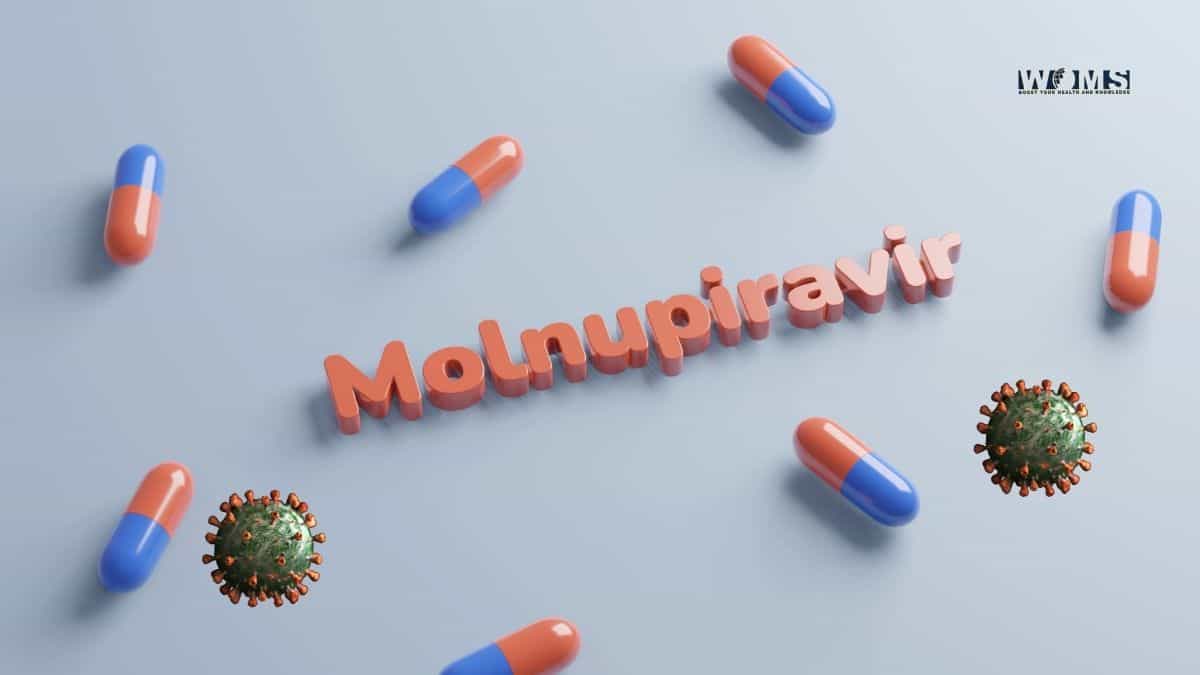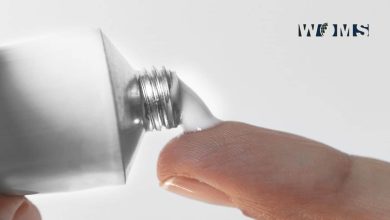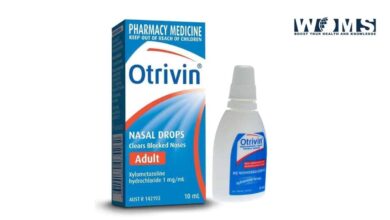Molnupiravir: HIV drug for COVID-19 treatment

Molnupiravir is a drug released in 2009 that can potentially prevent HIV from being transmitted. This has been an exciting development for HIV prevention. On 21st December 2021, it was issued the Emergency Use Authorisation(EUA) for the treatment of COVID-19 (mild to moderated cases) by the USA.
Molnupiravir is still in the early stages of development, and there are many questions about its efficacy and how it should be used. But researchers are hopeful that this drug could help reduce infection rates over time.
It works by blocking the ability of the virus to replicate. This means that it can stop the virus from spreading and potentially prevent someone from becoming infected.
Who discovered Molnupiravir?
Molnupiravir was discovered by a team of researchers at the University of Utah. The team was led by Dr. Deborah Anderson and included Dr. Mario Stevenson and Dr. Jian Li.
The team first began working on Molnupiravir in 2006, but it wasn’t until 2011 that they had a breakthrough that made the drug viable for human use. They developed a new way to synthesize it, making it more effective and easier to produce.
Since then, the team has been working hard to get it approved by the FDA. In March of 2018, they received approval for Phase III clinical trials. This is the final step before getting approval in the general population.
How does it works?
Molnupiravir works by inhibiting the viral RNA-dependent RNA polymerase (RdRP), essential for virus replication. A specific nucleoside analog is incorporated into newly synthesized viral genomic and subgenomic RNAs by RdRP, preventing further elongation of the chain by endogenous cellular polo/III complex.
It works via inhibition of a key enzyme in the virus replication cycle: an influenza virus’s “RNA-dependent RNA polymerase,” or simply put, it halts the production of new viruses within your body. Viral genomes and some defective genomes are inadvertently created during normal cell division processes. So it inhibits these from replication after they’ve been made by incorporating a specific nucleoside analog.
Molnupiravir is also known to work by inducing apoptosis (programmed cell death) in infected cells, which helps stop the spread of the virus.
Is it WHO approved?
Molnupiravir has recently been approved by the World Health Organization (WHO).
The drug is a combination of two existing medications, and it is hoped that it will help reduce the number of new HIV infections around the world. Moreover, it is an important HIV drug for COVID-19 treatment. It is being used in many countries for the treatment of mild to moderate cases of COVID-19. Molnupiravir has been approved for use as a Pre-Exposure Prophylaxis (PrEP), meaning that it can be taken before sex to protect against HIV infection.
“This approval marks the first time a new medicine will be available in many years for the prevention of sexually transmitted HIV,” said Dr. Gottfried Hirnschall, Director of WHO’s Department of HIV/AIDS. “It adds to several existing options for PrEP and broadens further the range of tools we have to reduce sexual transmission.”
What can Molnupiravir Do?
Molnupiravir can be used for the treatment of coronavirus. It can also effectively prevent HIV from being transmitted.
So far, it has only been studied in animals or humans for the treatment of HIV. More research is needed to determine whether it is safe and effective for humans before becoming an exciting new tool against AIDS.
The potential for Molnupiravir is huge, and researchers must continue to study its effects so we can learn how to best use this drug. But the early results are very promising, and it’s possible that it could play a major role in preventing HIV infections in the future.
Component of Molnupiravir
The component of Molnupiravir, which helps stop replication through RNA interference, would be essential towards furthering AIDS studies with human patients. Inhibiting transcription elongation will prevent the production of new viruses, while post-transcriptional modifications may also prove useful in developing therapies against HIV infection (Nelson et al.).
Further research on components such as these will help us develop better medications to halt or cure the virus. Viral protease inhibitors have revolutionized AIDS treatment in the past, and it is possible that Molnupiravir could become a mainstay in HIV therapy if its potential proves to be accurate (Clayson et al.).
The implications of this new drug are vast, and we can only hope that further study will lead to an even more effective way to prevent HIV infection.
Mechanism of Action And effect of Molnupiravir
Molnupiravar is a drug that attaches to the DNA of HIV-I, but it’s not known how it works to treat COVID-19. The Food and Drug Administration (FDA) has approved it in adults infected with HIV-I. Still, there have been limited studies of the drug’s effectiveness against COVID-19, and more research is needed.
Molnupriruvar hasn’t been tested in children or pregnant women; Molnupiravir is taken as a tablet and is usually taken once a day with food. Some common side effects include nausea, vomiting, diarrhea, and headache.
It would help if you took Molnupiravir exactly as your doctor tells you to. If you miss a dose, take it as soon as you remember, unless it is close to your next dose. In this case, skip the missed dose and continue with your regular schedule. Do not take extra doses to make up for a missed one.
Molnupiravir can interact with other medications, so it is important to tell your doctor about all of the medications you are taking, including over-the-counter drugs and supplements.
Side effects and precautions
Molnupiravir is known to cause several side effects and precautions in some people. Common side effects include nausea, vomiting, diarrhea, headache, and trouble sleeping (insomnia). More serious side effects may also occur if you take Molnupiravir for a long period or do not carefully follow your doctor’s recommendations. Some more specific warnings that have been noted with the use of this drug are as follows:
- If you are pregnant, nursing, or plan to get bigger, make sure your doctor knows before taking molnupiravir. This medication may cause serious problems in children under 12 months old. It should be used with extreme caution during pregnancy and breastfeeding due to the potential for harm that it could do to a developing baby
- Children less than 12 months old: Molnupiravir is very harmful for use with children under the age of one year. Serious side effects may include seizures or other neurological problems that could potentially lead to death, so you should avoid giving your child an overdose by only administering the prescribed dosage at each sitting
How can Molnupiravir be used to prevent HIV infection?
How Molnupiravir would work best against preventing infections from occurring through multiple angles:
- Inhibiting transcription elongation which prevents the production of viruses
- Post-transcription modifications may also prove useful in developing therapies against HIV infection
- Inhibit viral protease, which may become a mainstay in HIV therapy if its potential proves to be accurate.
What to do if you react to the drug?
If you experience any symptoms of an allergic reaction after taking this medication, such as hives, swelling in your face or throat (including tongue), severe rash or itchiness, skin redness, and blisters on areas of your skin exposed to the sun during treatment with Molnupiravr. Consult a doctor immediately if these symptoms occur.
Medical Advice & How to Take Molnupiravar
If you’re looking for an exciting new development in HIV prevention, keep your eye on Molnupiravir. It has the potential to revolutionize AIDS treatment, and you should stay informed as more studies are released.
Research is still needed to determine whether this drug is safe and effective for human use.”
If you are sexually active, it is important to know about the latest HIV prevention methods. One such method is Molnupiravir. Molnupiravir is a new drug that is effective in preventing HIV infection. It is a pill taken once a day and can be used by both men and women.
Molnupiravir works by blocking the ability of the virus to replicate itself. This helps prevent the virus from spreading and keeps the level of the virus in the body low. Molnupiravir also helps boost the immune system, making it easier for your body to fight off any infections.
If you are interested in using Molnupiravir to prevent HIV, you should talk to your doctor about the latest research on this medication. Your doctor can help you understand how Molnupiravir works and whether it is right for you.
Remember, it is always important to use condoms to reduce your risk of getting HIV. If you are not sure how to use a condom correctly, ask your doctor or nurse for advice.
Availability and cost of therapy
– Molnupiravir is not available as a generic drug, and the cost of therapy is high.
Molnupiravir in the treatment of COVID-19
Molnupiravir can also be used to prevent the spread of COVID-19. The early results of it’s use seem to be really promising and thus has been issued emergency use authorization in the USA.
Molnupiravir works by inhibiting an enzyme called RdRp, responsible for replicating the virus’s genetic material. By blocking this enzyme, Molnupiravir prevents the virus from spreading and reproducing.
There is still much to learn about the complications of COVID-19. However, we know that this virus can cause severe respiratory illness and pneumonia. In some cases, COVID-19 can also lead to organ failure and death. There is also evidence that this virus can spread from person to person through contact with respiratory secretions, such as saliva or mucus.
As a result, it is important for people who have been exposed to COVID-19 or who are showing symptoms of the disease to seek medical attention right away. Early diagnosis and treatment are critical for preventing serious health complications.
Also read: Thymalin
Conclusion
With this new research, Molnupiravir is being used for the treatment of mild to moderate cases of COVID-19 and additionally it may be used in the future for HIV prevention. This would mean a different way of taking pre-exposure prophylaxis or PrEP, which also comes with its own set of side effects and problems.
Researchers are currently looking into what dosage levels could be safest, how often to take it, etc., so more studies will need to come out before anything can happen on an official level. It’s believed that any serious use of it will likely not occur until 2021 at the earliest because many factors still have yet to be worked out, including safety concerns and affordability issues, among other things.
FAQ
What is Molnupiravir?
Molnupiravir is a new drug used for COVID-19 treatment and prevention of HIV infection in animals.
What is the Molnupiravir biochemical mechanism of action?
The Molnupiravir biochemical mechanism of action is currently unknown. However, it is speculated that the drug functions by inhibiting viral replication. Further research is needed to determine this drug’s precise mode of action.
How can Molnupiravir be used to prevent HIV infection?
There are multiple ways that Molnupiravir could potentially prevent HIV infections. By inhibiting transcription elongation, which prevents the production of viruses, post-transcription modifications may also prove useful in developing therapies against HIV infection or inhibit the viral protease, which may become a mainstay in HIV therapy if its potential proves to be accurate.
Is Molnupiravar safe and effective for human use?
So far, Molnupiravir has only been studied in animals, and we don’t know yet what the side effects might be in humans.




